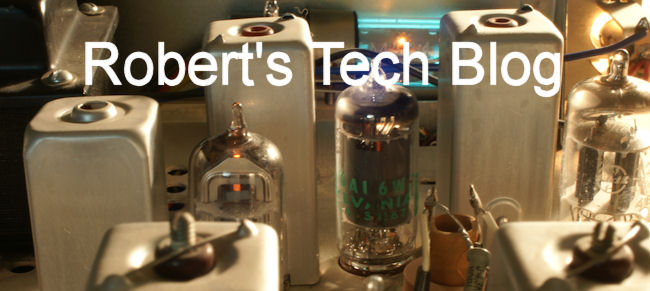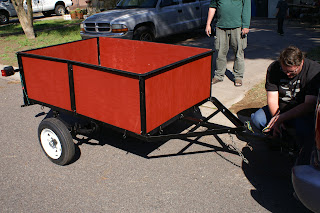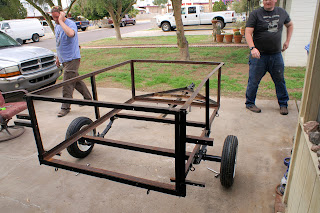My sister (while Antiquing) Spotted an old radio for about $40. I asked her to describe it and it was a Hallicrafter S-38. I almost did not have her buy it, but after looking on ebay at similar ones in similar condition, it was not a bad deal for a non working tube radio. So I had her get it.
This one was made on June 3, 1947, and it was in pretty crunchy condition as seen here:
It needed a lot of work. I ended up replacing all the electrolytics ( the big Yellow can with wires out the end), All the paper caps (the brown waxy looking cylinders), all the Resistors, Some of the crunchier wiring, the speaker, and 4 of the mica caps. I also replaced 1 tube, someone had put a 50L6GTin place of the 35L6GT This is the after pic.
Theses radios are a bit on the dangerous side and the chassis is hot (electrified). The chassis is insulated from the metal case with 4 rubber grommets. I picked up replacements at Ace Hardware. I also replaced the missing power cord with a polarized one and made sure the hot wire goes to the switch. Everything went well until the antenna ground touched the case (black scorch mark on the chassis between the brown ovals in the pic below). So now the CW circuit does not work right. Everything else works fine.
The CW circuit is used to listen to old style radios with Morse code and it is helpful in tuning in a station. It is not really needed but I am bummed it is not working. I am researching a fix.
Otherwise it is a great little radio.




























